Viridia
It wouldn't be an exaggeration to say that the whole planet depends on this river, so whatever it is they're trying to do here, we cannot let it happen.
Viridia, often referred to as the Emerald Serpent, the Viridian River or simply the Green River, is a major east-flowing river located on Asteria. It flows from the White Blade mountains down into the Panthalian ocean, passing through the Elder Lakes and several valleys, making it, by far, the largest river on Asteria. At about 8 160 km long, it is also the largest river within the Vestan Federation.
With the help of its multiple tributaries, Viridia is also directly and indirectly irrigating nearly 60% of Asteria's fertile lands, making it essential for the planet's agriculture. As a result, more than half of the planet's population currently resides within 50 km of the river, forming a wide area of urban and agricultural sprawl that greatly contrasts with Hestia's normally arid landscape. This contrast can even be seen from low orbit, earning the river its various monikers in Vestan culture. The river is also used to provide electrical power to the nearby cities, either through the use of hydroelectric dams or through several nuclear power plants.
Name
Viridia was initially discovered in 166 by Vestan explorers. During this time, there was already a significant part of the river being surrounded by greeneries, thanks to the fertile lands it created, although not nearly as much as it would become some two centuries later. This greenery, visible from orbit thanks to the various observation satellites, officially earned the river its name in 167 during a scientific convention. Derived from the Latin word Viridis, loosely translated to 'green', 'fresh' and 'vigorous', the name Viridia quickly became popular enough to warrant some nicknames in the following decades, such as the Emerald Serpent or the Green River.
Geography
Source
Viridia's source is generally regarded to be the McFerney lake nested within the White Blade mountains, collecting rainwater and melted snow throughout the year. It is a location of interest for geologists and biologists alike due to the local ecosystem and soil composition, with the lake itself being a restricted area attached to the McFerney Federal Observatory. The observatory also serves as a monitoring station to analyze the water's quality for health concerns.
Latin ('green', 'fresh', 'vigorous')
Country
Vestan Federation
Regions
White Blade mountain range
Baphang Plateau
Viridian Lowlands
Largest cities
New Calypso (23.4M)
Port Mirage (17.3M)
Amber Hills (8.7M)
Source
McFerney Lake, White Blade mountains
Mouth
Port Mirage, Panthalian Ocean
Length
8 160 km
Discharge
Minimum: 700 m3/s
Average: 3,400 m3/s
Maximum: 11,000 m3/s


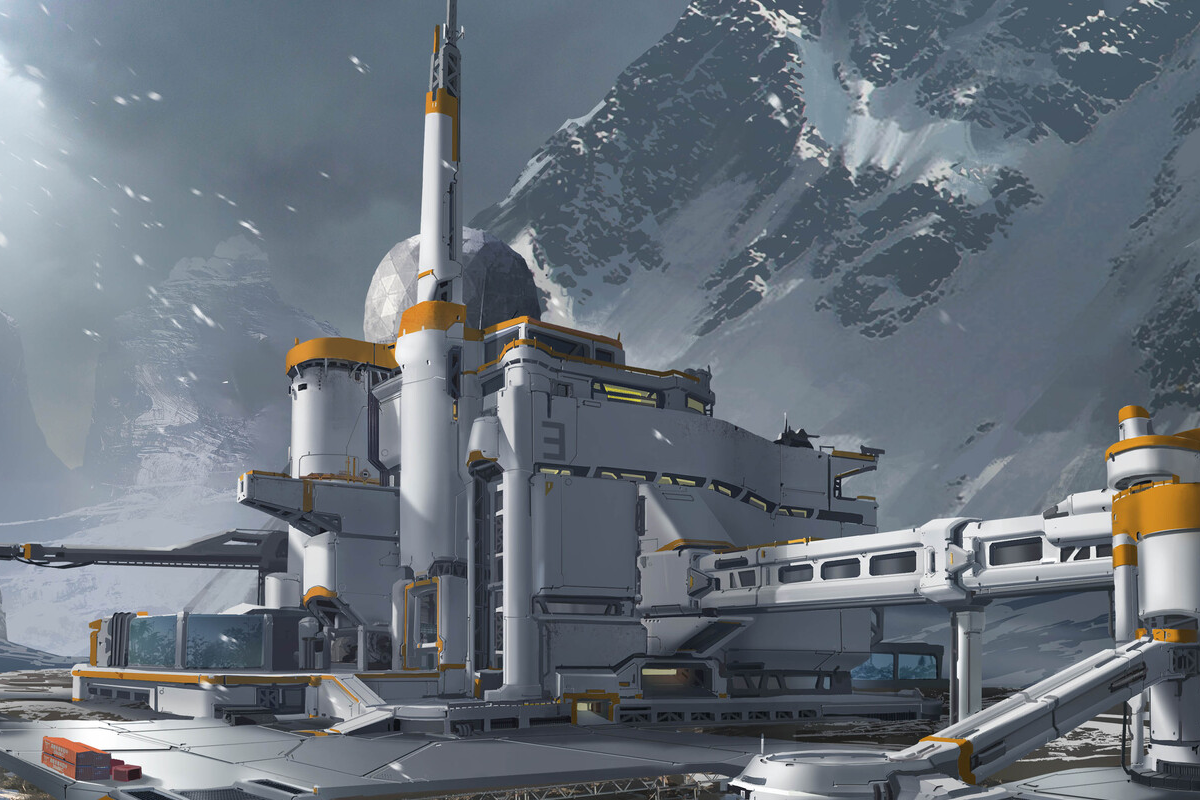
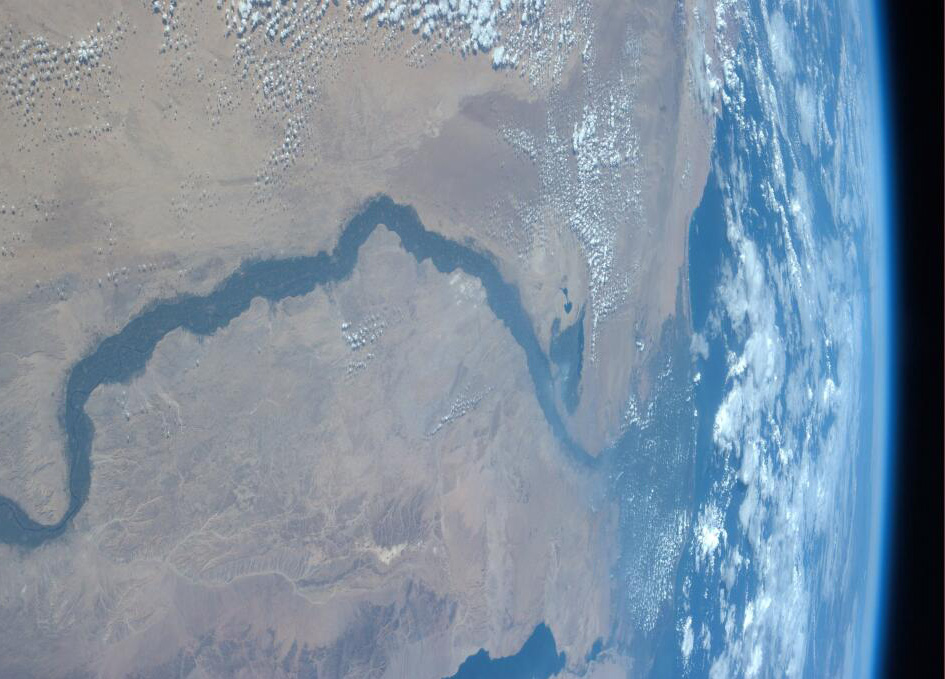

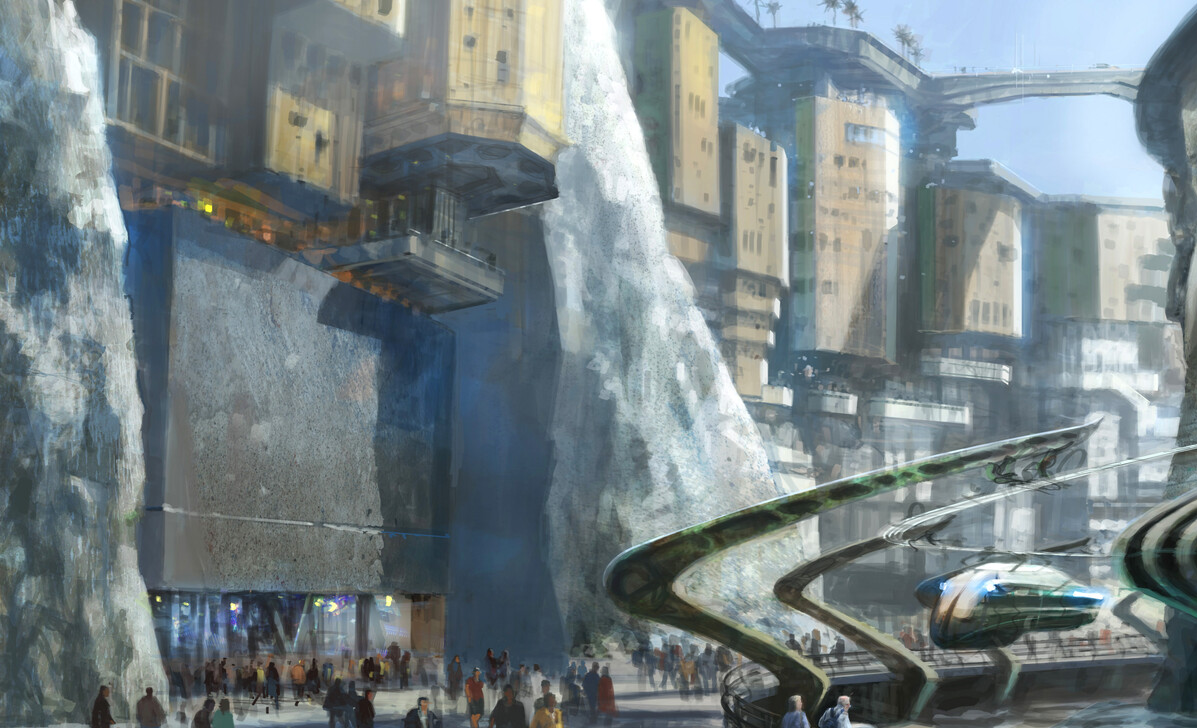
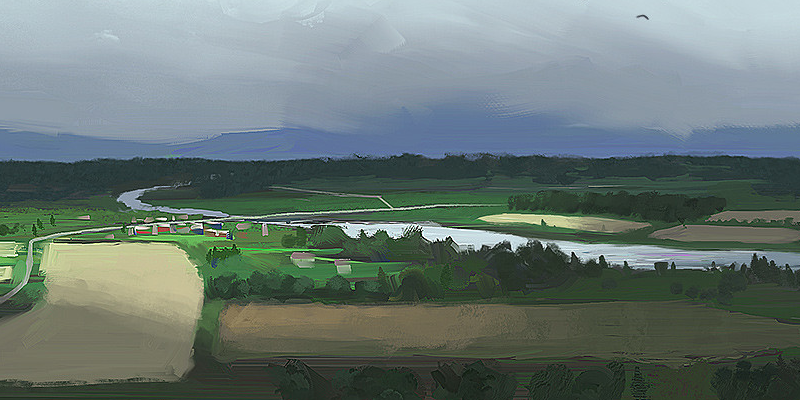
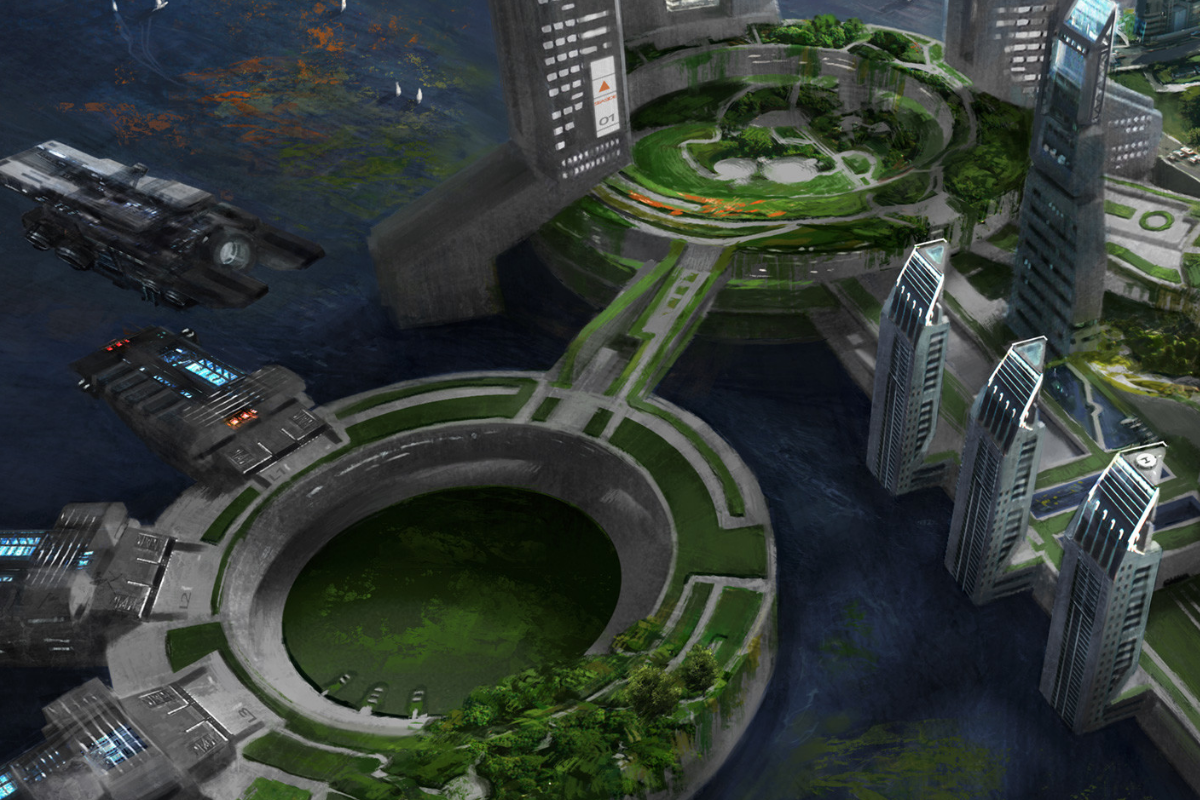



Great article. Easy to read layout and lots of info about the various aspects of the river. Pretty nice how hotels have sprung up near the falls, that seems like great place for tourism indeed.